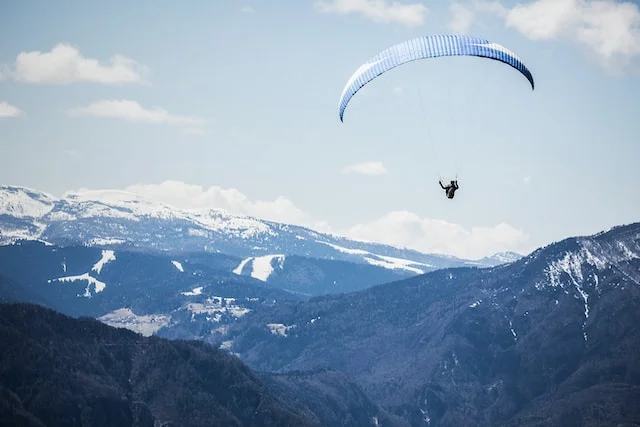The core muscles constitute a crucial group of muscles that play a central role in stabilizing the body, facilitating movement, and supporting posture. In this article, we’ll delve into the anatomy of the core muscles, exploring each component and its unique function.
Table: Core Muscles and Their Functions
| Muscle Group | Description |
|---|---|
| Rectus Abdominis | Located in the front of the abdomen, the rectus abdominis is responsible for flexing the spine. It is often referred to as the “six-pack” muscle. |
| Obliques (Internal and External) | These muscles are situated on the sides of the abdomen and enable rotation and lateral flexion of the trunk. |
| Transversus Abdominis | The deepest abdominal muscle, it provides stability to the spine and supports the internal organs. |
| Multifidus | Found along the spine, the multifidus muscles aid in stabilizing the vertebrae during movement. |
| Erector Spinae | This group of muscles runs along the spine and helps extend and straighten the back. |
| Quadratus Lumborum | Situated on both sides of the lower back, the quadratus lumborum assists in side bending and extension of the lumbar spine. |
| Pelvic Floor Muscles | These muscles form the base of the core and support the pelvic organs, contributing to posture and stability. |
Understanding the Core Muscles
Rectus Abdominis
- Description: The rectus abdominis is a paired muscle located in the anterior (front) part of the abdomen. It is segmented by tendinous intersections, giving it the appearance of “six-pack” abs.
- Function: Its primary function is to flex the spine, bringing the chest towards the pelvis.
Obliques (Internal and External)
- Description: The obliques are divided into internal and external components, running along the sides of the abdomen. The internal obliques lie beneath the external obliques.
- Function: They facilitate rotation and lateral flexion of the trunk, helping with activities like twisting and bending.
Transversus Abdominis
- Description: The transversus abdominis is the deepest of the abdominal muscles, wrapping around the abdomen horizontally.
- Function: It provides stability to the spine and pelvis and supports the internal organs.
Multifidus
- Description: The multifidus muscles are found along the spine, spanning several vertebrae.
- Function: They play a vital role in stabilizing the vertebrae during movements, particularly in the lower back.
Erector Spinae
- Description: The erector spinae muscles are a group of muscles that run along the length of the spine.
- Function: They assist in extending and straightening the back, aiding in posture and movements like standing up straight.
Quadratus Lumborum
- Description: Situated on both sides of the lower back, the quadratus lumborum muscles connect the pelvis to the spine.
- Function: They enable side bending and extension of the lumbar spine, contributing to movements like leaning to the side.
Pelvic Floor Muscles
- Description: The pelvic floor muscles form a supportive hammock-like structure at the base of the pelvis.
- Function: They play a crucial role in supporting the pelvic organs, aiding in posture, and contributing to stability.
Importance of Core Strength
Having a strong core is essential for various reasons:
- Stability and Balance: Core strength helps maintain balance and stability, reducing the risk of falls or injuries.
- Posture Support: A strong core supports proper posture, reducing strain on the back and neck.
- Functional Movements: It is integral for everyday activities like lifting, twisting, and bending.
- Sports Performance: Core strength is crucial in many sports, improving performance and reducing the risk of injuries.
Conclusion
Understanding the anatomy and function of the core muscles is key to recognizing their importance in overall health and physical performance. Incorporating exercises that target these muscle groups can lead to improved stability, posture, and overall well-being. Remember, a balanced approach to fitness that includes core-strengthening exercises is fundamental to a healthy, active lifestyle.






